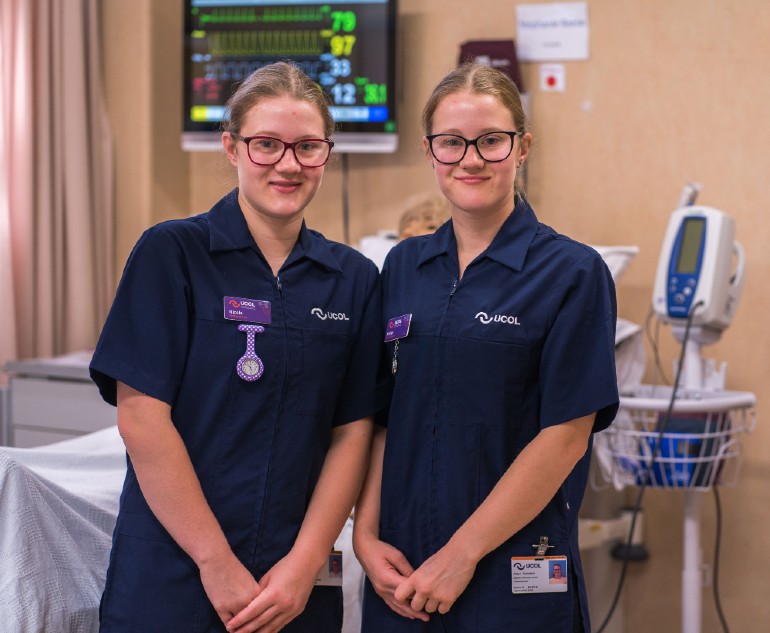Executive summary – He whakarāpopototanga
As the Manawatū-Whanganui Regional Skills Leadership Group we are driven to create prosperous outcomes for our people through identifying and supporting better ways of meeting future regional skills and workforce needs.
On this page

Taking a targeted approach, this first iteration of the Regional Workforce Plan (RWP) focuses on the Kaiāwhina Health Workforce and School Transitions.
Kaiāwhina is the overarching term to describe non-regulated roles in the health and disability sector. The Kaiāwhina Health Workforce includes occupations such as health care assistants, aged care workers, disability support workers, technicians, and orderlies.
School Transitions encompasses the transition tauira (students) take from school to onward study, training or employment.
Since health is our largest regional workforce and school leavers are our future regional workforce, these two areas emerged as natural priorities.
Stakeholders connected to the Kaiāwhina Health Workforce and School Transitions have been consulted across all 7 districts of our region. Whilst there are nuances between districts, there are also clear intersecting trends and themes across these engagements.
These insights are presented in this RWP and highlight the need for more equitable access to training and provisions for our kaimahi and rangatahi across all districts. The voice of the region is positioned foremost in this RWP and has directly informed the Action Points we are committed to implementing and the Recommendations we are committed to stand by.
It is our ambition that our Action Points and Recommendations will see positive, meaningful change happen for our kaimahi, employers, whānau and mokopuna.
They have been crafted in collaboration with key regional actors who are highly influential in shaping the labour market: Skills and Talent Action Groups, tertiary providers, government agencies, local iwi, Māori health providers, Workforce Development Councils, Economic Development Agencies, unions, industry representatives, and School Transitions providers.
Working collaboratively together we are strongly positioned to reduce existing barriers to workforce participation and expand equitable access to training for our communities.

